As residents of Tallahassee danced in significant falling snow for the first time in 29 years, ahead of what meteorologists are calling a potential “bomb cyclone” that could drop even more snow and unleash damaging winter winds on the Sunshine State, one Florida legislator has introduced a bill that would study whether solar+storage could help residents weather natural disasters.
Florida State Representative Holly Raschein introduced House Bill 1133 on Tuesday, which would fully fund a pilot program in the Florida Keys to study the benefits onsite solar+storage could offer to critical emergency infrastructure like emergency shelters, hospitals, police and fire departments, and airports.
The goal is to examine whether solar+storage systems could keep these critical services available to Florida residents during devastating hurricanes or, in the case of winter emergencies, “bomb cyclones”.
“As we’ve recently experienced first-hand with Hurricane Irma, there’s nothing more crucial in the wake of a disaster than power,” Raschein said. “Onsite solar energy storage systems are a forward-thinking solution to improving the security of energy supply at critical local facilities.”
“Given that Florida is the Sunshine State, it only makes sense to tap into this resource when planning for stronger communities that are more resilient in recovering from a disaster,” she added.
Vote Solar, a solar advocacy group, applauded HB 1133 as a major step forward for the solar industry in Florida.
“Solar energy is already becoming a huge success story in Florida, and the excitement around new battery technology has been growing since it proved itself in the days after Irma, keeping lights and refrigerators on for families when the power grid was down for days,” said Scott Thomasson, Southeast Director of Vote Solar. “Scaling solar and energy storage as a strategic backup resource during disasters could have a real impact on people’s lives and security.”
HB 1133 directs the Florida Department of Agriculture to develop a grant program for solar+storage projects installed after this past Monday. It requires applicants for the grants have “sufficient battery storage capacity to supply at least 24 hours of backup power to the critical disaster resilience facility’s onsite electrical load, or at least 5 hours of the facilities’ daily average use.”
The bill allocates $10 million from the state’s general fund to be devoted to the new program. Grants under the new program will be provided on a first-come, first-served basis, which will be determined by the date the application is received.
Finally, the legislation directs the Florida Solar Energy Center (FSEC) to conduct a study to assess the usefulness of the solar+storage pilot projects, identify policies that successfully promote its use and make recommendations to utilities that want to include energy storage in their long-term plans.
Whether the study actually happens is contingent on whether the legislature provides the appropriate funding levels. If it occurs, the HB 1133 also directs the FESC to publish the findings of its report publicly by October 1, 2019.
Raschein’s bill is yet more evidence that Florida, which for years lagged behind other sunshine-rich states like California and Arizona in solar-capacity deployment, is trying to make up for lost time after two 2016 ballot initiatives appear to have sparked a solar revolution in the state.
Until 2016, solar electricity production was sparse in Florida, which many people thought was ironic since its nickname was, of course, the Sunshine State. But low electricity prices, combined with a strong lobbying presence from utilities, kept solar from emerging as a primary source of electricity in the state.
The election of 2016, however, saw two constitutional amendments on the ballot dealing specifically with solar electricity. Amendment 4, which passed overwhelmingly in August 2016, provided property-tax relief for commercial installations. Essentially, it forbade local governments from considering solar installations as property improvements when they were assessing property taxes, keeping taxes at the same level as they were before the installation.
Business organizations around the state applauded the amendment at the time, saying it would spark significant growth in the state’s commercial solar industry. It is too soon to determine whether those predictions have come true.
On the other hand, Amendment 1 was a utility-backed amendment that sounded pro-solar, allegedly enshrining in the state constitution the right of Floridians to install solar on their roofs. Hidden deep in the amendment, however, was language that would in practice have kept a solar monopoly in the hands of the utilities that backed it. It was defeated soundly at the polls, in what was widely hailed as an enormous industry victory.
Since then, utilities in the state, particularly Florida Power & Light, have been rushing headlong into the Florida solar market. Utility-scale solar plants are being planned and built at breakneck speed – so quickly, in fact, that it’s reasonable to wonder whether the increased building might be an attempt to accomplish the goal of Amendment 1 by flooding the market with utility-scale solar.
After all, if enough utility-scale solar would enter the market, it might relieve some of the pressure residents and businesses are putting on the legislature to support customer-owned rooftop solar.
This story was edited at 10:18 am on January 4, 2018, to add details of the legislation that the reporter had difficulty accessing prior to the initial publishing time.
The full text of the bill is below.
This content is protected by copyright and may not be reused. If you want to cooperate with us and would like to reuse some of our content, please contact: editors@pv-magazine.com.
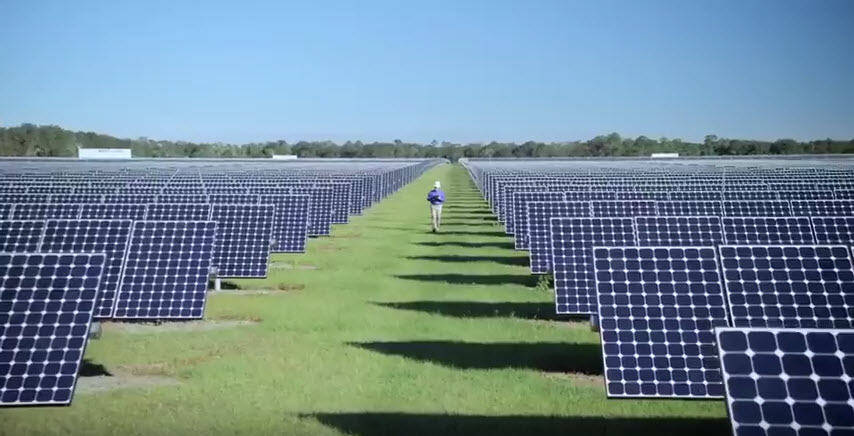
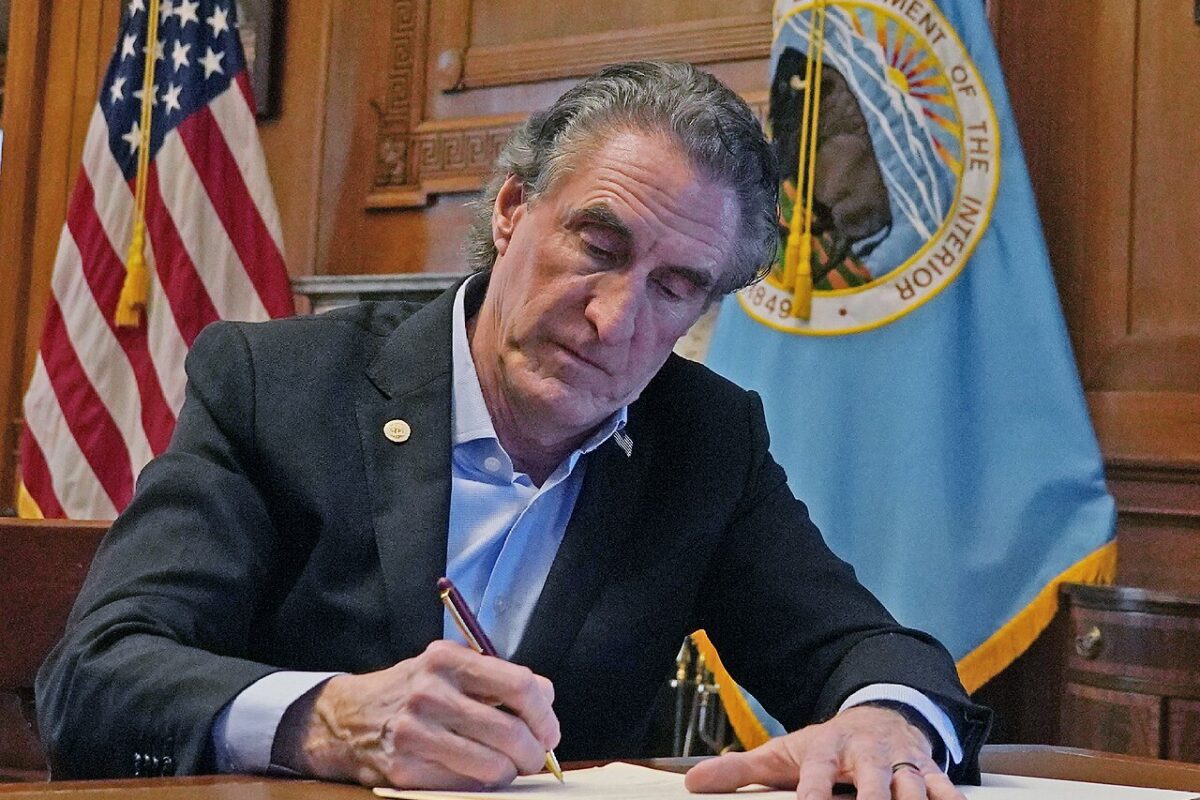


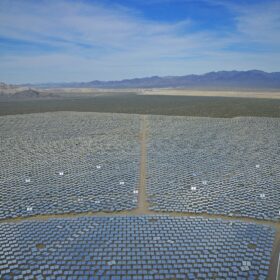
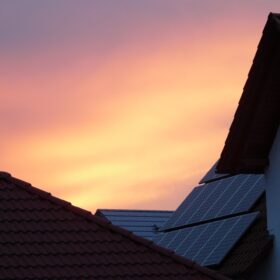
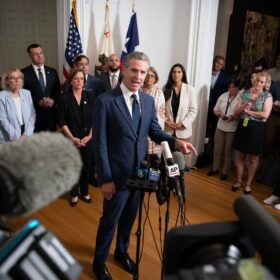
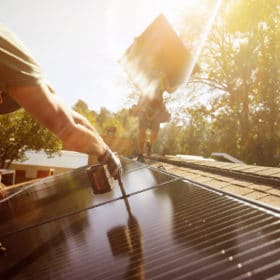
This is a great idea – obviously – bought timid and late. And talk of a solar revolution in FL is laughable. We will remain a laggard until we get pro-solar policy from Tallahassee. Remember, Amendment 1 in 2016 didn’t give us good policy – it merely fended off bad policy; and Amendment 4 was good policy, but only helped on the margins. CA has the most robust economy in the US in large part thanks to their commitment to clean energy and addressing the climate crisis. FL needs an RPS, solar leasing, Green Banks and/or Statewide PACE, subsidies, FIT’s, Community Solar and to bust the Big-4 IOU monopoly (who literally committed fraud in their phony Amend 1 last year)!
Not sure many Floridians are ready to imitate Wild and Crazy California!
Still too dependent on clipping coupons on their utility bonds or cashing their dividend checks from FPL or Duke.
Newer, younger residents in Florida get the truth of the eco system and see the way out is going Green and Solar!
This would be really a wonderful move.Thank you so much for the great initiative.Solar energy really provides green and Eco friendly atmosphere.Am planning to install solar panels in my roof top and am planning to buy from Solar TechElec LLC which is one of the best solar panel installers Florida.